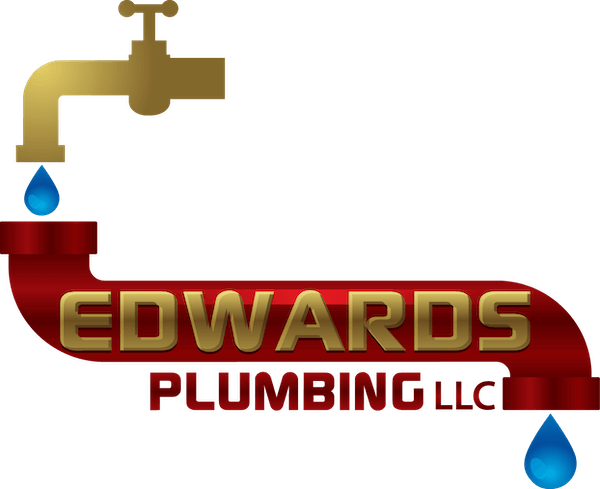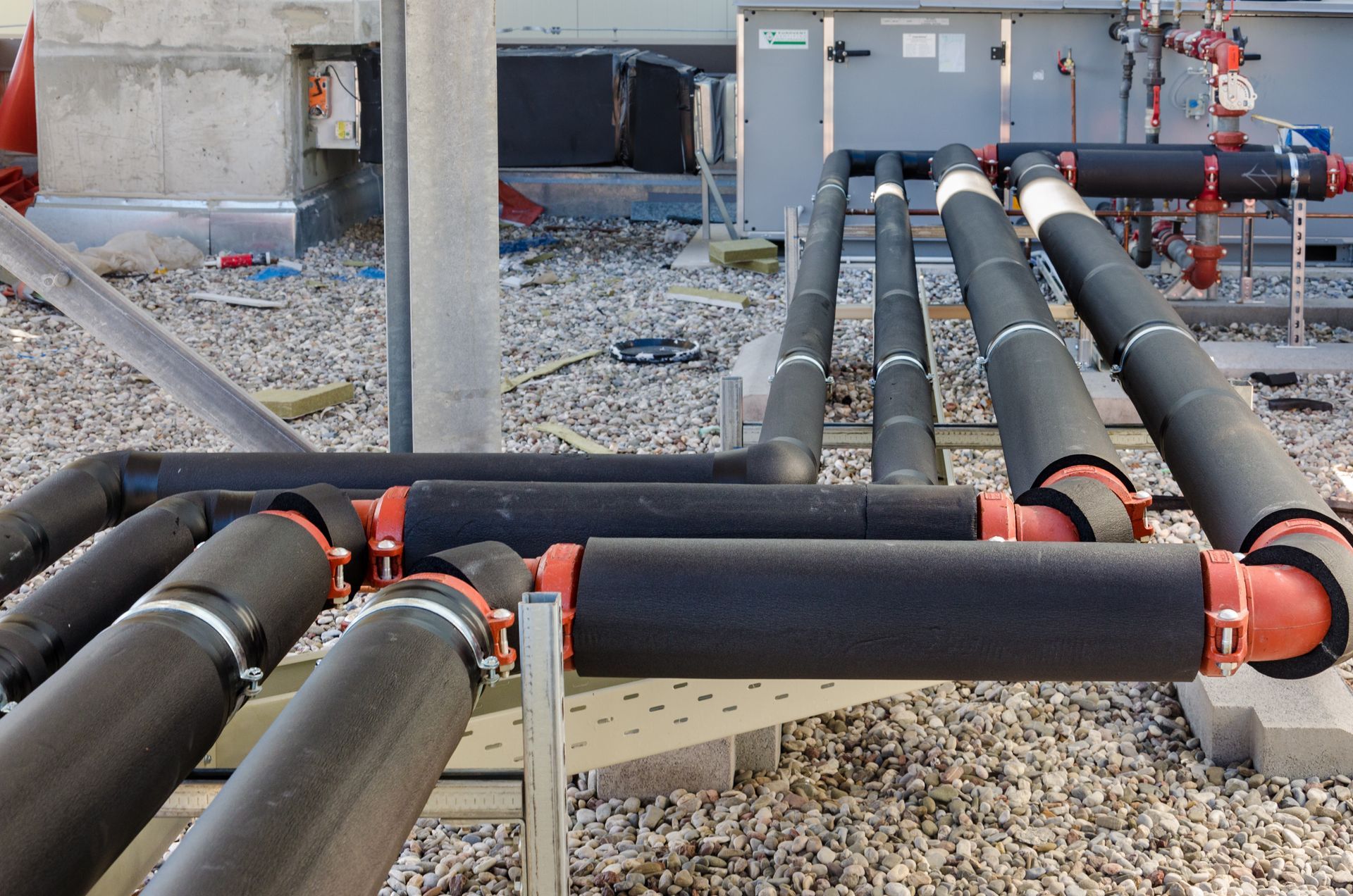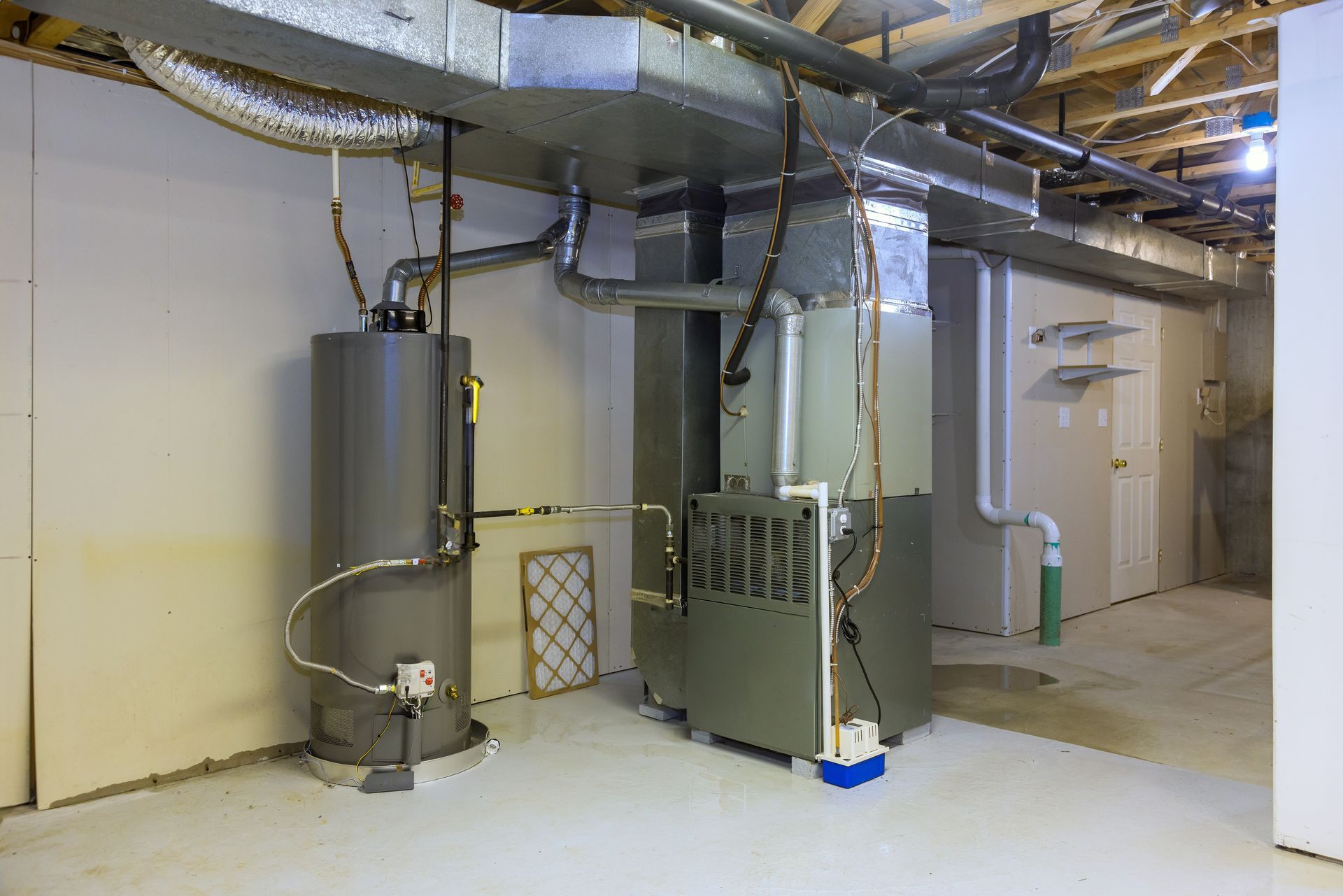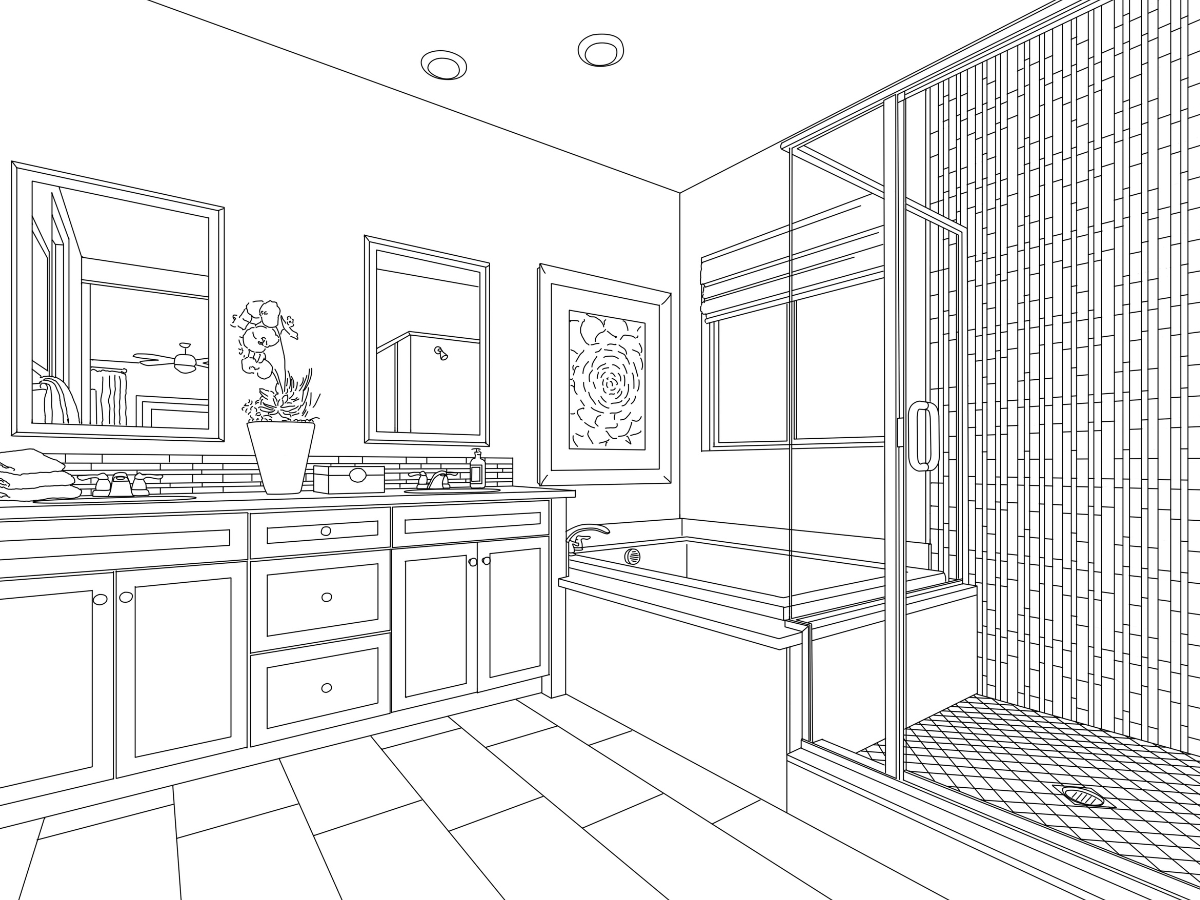From Ancient Aqueducts to Smart Homes – Unraveling the History and Future of Plumbing Technology
Indoor plumbing is something that most of us take for granted. We turn on a faucet and clean water comes out, we flush a toilet and waste disappears. But have you ever stopped to think about the history of indoor plumbing and how it has evolved over time? In this article, we'll take a look at the origins of indoor plumbing and how it has changed the way we live.
The Early Days of Plumbing
The earliest known plumbing systems date back to ancient civilizations such as the Indus Valley Civilization, which existed around 3300 BC. These early plumbing systems were used to provide clean water for drinking and bathing, as well as to remove waste from homes and public buildings.
The ancient Romans were also known for their advanced plumbing systems. They built aqueducts to transport water from distant sources to their cities, and they used lead pipes to distribute water throughout their buildings. However, these early plumbing systems were only available to the wealthy and were not widespread.
The Middle Ages and Renaissance
During the Middle Ages, plumbing technology regressed and many of the advancements made by the Romans were lost. Most people relied on wells and public fountains for their water supply, and waste was often disposed of in open pits or cesspools.
It wasn't until the Renaissance that plumbing technology began to advance again. In the 16th century, Sir John Harington invented the first flush toilet, which he called the "Ajax." However, it was not widely adopted due to its high cost and the fact that it required a constant water supply.
The Industrial Revolution
The Industrial Revolution brought about significant changes in plumbing technology. In the 19th century, cities began to grow rapidly, and the need for clean water and proper waste disposal became more pressing. This led to the development of modern plumbing systems that we are familiar with today.
In 1829, the Tremont Hotel in Boston became the first hotel in the United States to have indoor plumbing. This was a significant milestone, as it showed that indoor plumbing was becoming more accessible to the general public.
The 20th Century and Beyond
The 20th century saw even more advancements in plumbing technology. In 1907, Thomas Crapper invented the ballcock, which is still used in toilets today. This invention made toilets more efficient and helped to conserve water.
In the 1920s, the first electric water heater was invented, making it possible for people to have hot water on demand. This was a game-changer for indoor plumbing, as it made it more convenient and comfortable for people to bathe and wash dishes.
Modern Plumbing Systems
Today, indoor plumbing is a standard feature in most homes and buildings. Modern plumbing systems are designed to be efficient, safe, and environmentally friendly. They use a combination of pipes, valves, and fixtures to provide clean water for drinking, cooking, and bathing, and to remove waste from homes and buildings.
One of the most significant advancements in modern plumbing is the use of plastic pipes. These pipes are more affordable, easier to install, and less prone to corrosion than traditional metal pipes. They also have a longer lifespan, making them a popular choice for new construction and renovations.
The Future of Indoor Plumbing
As technology continues to advance, so does the world of indoor plumbing. Smart home technology is now being integrated into plumbing systems, allowing homeowners to monitor their water usage and detect leaks in real-time. This not only helps to conserve water but also saves homeowners money on their water bills.
In addition, there is a growing trend towards sustainable plumbing systems. This includes the use of rainwater harvesting systems, greywater recycling, and low-flow fixtures. These systems not only help to conserve water but also reduce the strain on municipal water supplies.
Conclusion
Indoor plumbing has come a long way since its early beginnings in ancient civilizations. From the aqueducts of the Romans to the smart home plumbing systems of today, it has changed the way we live and made our lives more comfortable and convenient. As technology continues to advance, we can only imagine what the future holds for indoor plumbing. But one thing is for sure, it will continue to play a vital role in our daily lives.
Share this blog!












